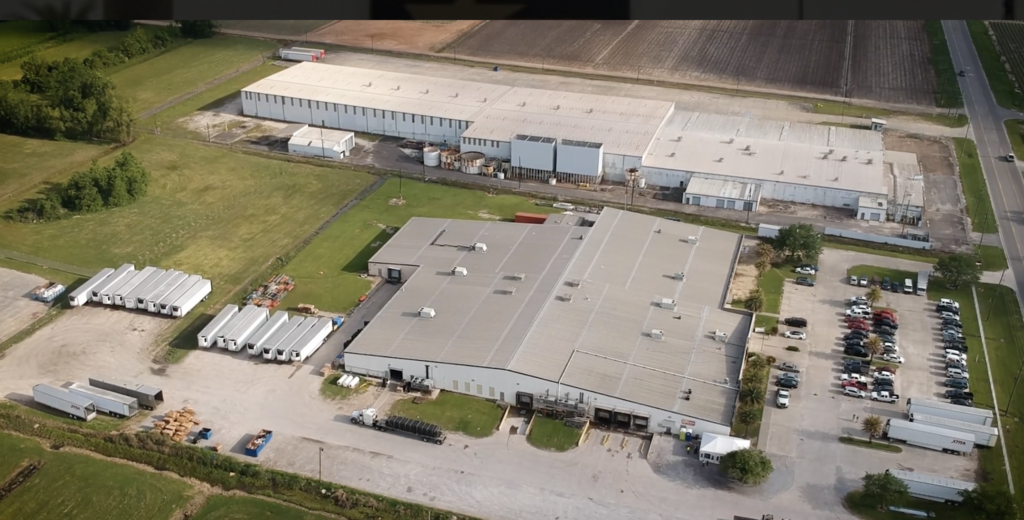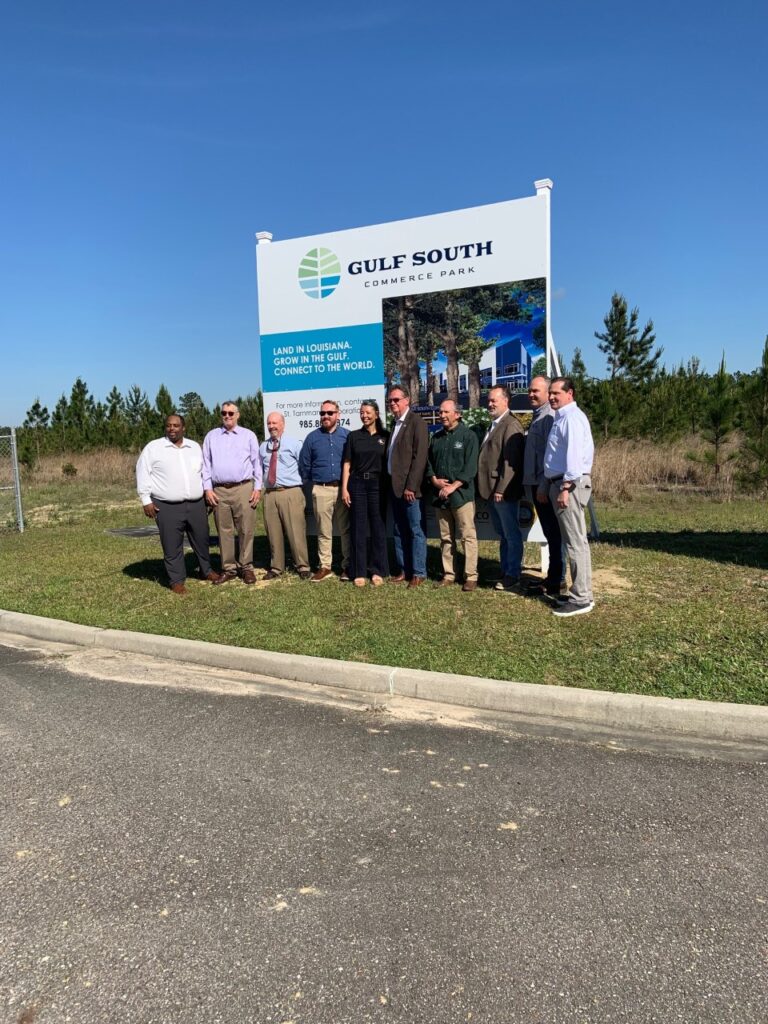
Guest column: Opportunity Zones can boost business where it’s needed
A year ago, Republicans and Democrats finally agreed on something: the Opportunity Zones program. Speaker of the House Paul Ryan, a Wisconsin Republican, called it “the critical component of our poverty-fighting agenda,” while Cory Booker, a New Jersey Democrat, proclaimed that “this could end up being the greatest economic development initiative in a generation in our country.”
OZ investors receive significant tax advantages. If you sell an investment and put what you’ve made in a qualified Opportunity Fund that finances businesses or real estate projects located in an OZ, then you can defer your capital gains tax until the end of 2026. You also pay no capital gains tax on new earnings you make through the Opportunity Fund if you stay invested for ten years.
The Economic Innovation Group calculates that $6.1 trillion in unrealized capital gains will be eligible to benefit from this program. But OZs require more than money; they need local leadership and smart strategies. As EIG recently noted, “State and local leaders are responsible for devising the strategies that will take these few new lines of the tax code and turn them into something that unlocks opportunity for local residents and entrepreneurs. Capital alone is not a strategy.”
Other regions are already ahead of southeast Louisiana. Erie, Pennsylvania’ mayor worked with 35 local groups to prioritize projects and created a concierge service to ensure they happen; Birmingham’s mayor secured twice as many OZs as any other city in Alabama and launched an online mapping tool to showcase them; and the mayors of Louisville, Oklahoma City, and South Bend have all unveiled OZ investment prospectuses in the last month.
A year ago, Republicans and Democrats finally agreed on something: the Opportunity Zones program. Speaker of the House Paul Ryan, a Wisconsin Republican, called it “the critical component of our poverty-fighting agenda,” while Cory Booker, a New Jersey Democrat, proclaimed that “this could end up being the greatest economic development initiative in a generation in our country.”
OZ investors receive significant tax advantages. If you sell an investment and put what you’ve made in a qualified Opportunity Fund that finances businesses or real estate projects located in an OZ, then you can defer your capital gains tax until the end of 2026. You also pay no capital gains tax on new earnings you make through the Opportunity Fund if you stay invested for ten years.
The Economic Innovation Group calculates that $6.1 trillion in unrealized capital gains will be eligible to benefit from this program. But OZs require more than money; they need local leadership and smart strategies. As EIG recently noted, “State and local leaders are responsible for devising the strategies that will take these few new lines of the tax code and turn them into something that unlocks opportunity for local residents and entrepreneurs. Capital alone is not a strategy.”
Other regions are already ahead of southeast Louisiana. Erie, Pennsylvania’ mayor worked with 35 local groups to prioritize projects and created a concierge service to ensure they happen; Birmingham’s mayor secured twice as many OZs as any other city in Alabama and launched an online mapping tool to showcase them; and the mayors of Louisville, Oklahoma City, and South Bend have all unveiled OZ investment prospectuses in the last month.
Not only will Baton Rouge and New Orleans benefit, but we should also expect greater investment in the 80 miles between them. The 23 parishes that comprise the southeast Louisiana Super Region (population 2.6 million) contain 87 OZs. By comparison, the 12 counties in the Charlotte region (population 2.5 million) have 46 OZs spanning North Carolina and South Carolina, the 13 counties in the Dallas/Fort Worth region (population 7.4 million) have 50 OZs, and the 30 counties of the Atlanta metropolitan area (population 5.9 million) have 65 OZs.
To reiterate, our region is in a very fortunate position right now.
Funds flowing to OZs could easily exceed previous programs, such as New Markets Tax Credits, Low-Income Housing Tax Credits, or Enterprise Zones. Because of how it is structured — with no caps, no need for annual Congressional approval, and almost no reporting requirements — this program could lead to more investment than all of those programs combined.
Every OZ fund can invest in zones anywhere across America. If we don’t distinguish ourselves, other regions will, and investment will go elsewhere. But if we plan for innovation at the outset, while taking a holistic, region-wide approach, we are well positioned to lead the nation in the next decade of economic development through OZs.
Louisiana, opportunity knocks.
To read the full article click here.


